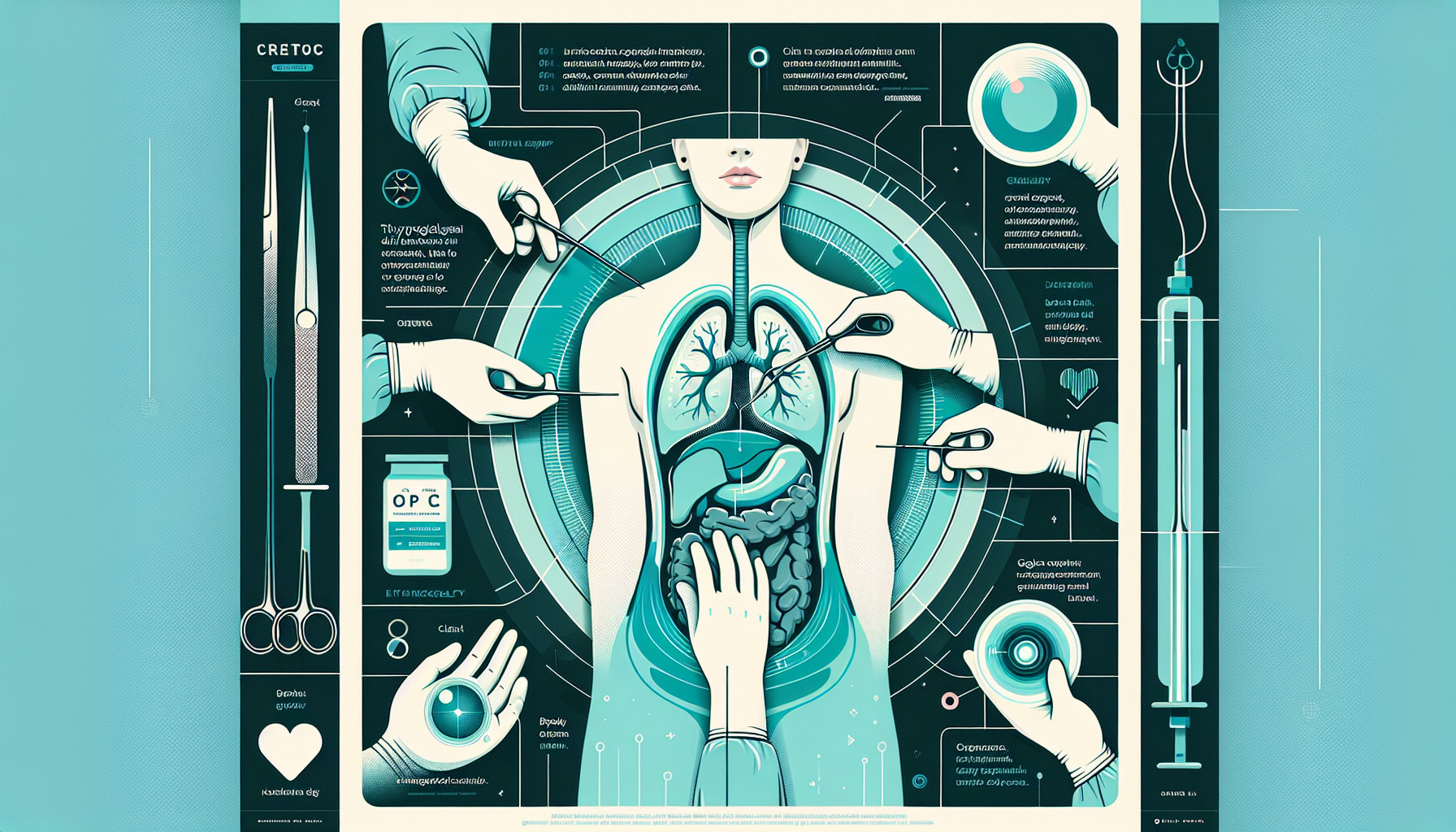Our Summary
This research paper discusses a medical condition known as a thyroglossal duct cyst, which is a type of growth that can form in the neck. This condition is widely known in humans, but is rarely found in animals. The paper looks at a case where a 7-year-old budgerigar, a type of small parrot, developed this condition. The bird had symptoms like difficulty breathing and being unusually tired, and a hard mass was found in the lower part of its neck.
After the bird passed away, an autopsy found a fluid-filled cyst in its neck. Under a microscope, the cyst had characteristics similar to those found in human cases of the condition. It was made up of cells related to the thyroid gland, a small organ in the neck that plays a major role in the body’s metabolism.
This is the first known report of a thyroglossal duct cyst in a pet bird. In humans and other animals, this condition can usually be treated successfully with surgery, which is why it’s important for vets to consider it when examining birds with neck lumps.
FAQs
- What is a thyroglossal duct cyst?
- Can animals other than humans develop a thyroglossal duct cyst?
- How is a thyroglossal duct cyst usually treated in humans and animals?
Doctor’s Tip
A doctor might tell a patient undergoing thyroglossal duct cyst removal to follow all pre-operative instructions carefully, including fasting before surgery and avoiding certain medications. They may also advise the patient to expect some pain and discomfort after the procedure, but to follow post-operative care instructions closely to promote healing and reduce the risk of complications. It’s important for the patient to communicate any concerns or changes in symptoms to their doctor following the surgery.
Suitable For
In humans, thyroglossal duct cysts are typically recommended for removal in patients who experience symptoms such as difficulty swallowing, breathing, or speaking, as well as pain or discomfort in the neck. Other reasons for removal may include recurrent infections, the presence of a suspicious or growing mass, or cosmetic concerns.
In the case of the budgerigar mentioned in the research paper, the recommendation for removal would likely have been made if the bird had survived. Symptoms such as difficulty breathing and the presence of a hard mass in the neck would have indicated the need for surgical intervention to remove the cyst and alleviate the bird’s symptoms.
Overall, patients who are recommended for thyroglossal duct cyst removal are those who are experiencing symptoms related to the cyst or are at risk for complications due to its presence. The decision to undergo surgery should be made in consultation with a healthcare provider who can assess the individual’s specific situation and recommend the most appropriate course of treatment.
Timeline
Before thyroglossal duct cyst removal:
- Patient may experience symptoms such as difficulty breathing, tiredness, and a hard mass in the neck.
- Medical examination and imaging tests are performed to diagnose the cyst.
- Treatment options, including surgery, are discussed with the patient.
After thyroglossal duct cyst removal:
- Surgery is performed to remove the cyst and any affected tissue.
- Patient may experience some pain and discomfort following the surgery.
- Recovery time varies, but most patients can return to normal activities within a few weeks.
- Follow-up appointments are scheduled to monitor the patient’s healing and ensure there are no complications.
- Patient may no longer experience symptoms related to the cyst and can resume normal activities.
What to Ask Your Doctor
Some questions a patient should ask their doctor about thyroglossal duct cyst removal include:
- What are the risks and benefits of removing the thyroglossal duct cyst?
- What type of surgery will be performed to remove the cyst?
- What is the recovery process like after the surgery?
- Will there be any scarring or long-term effects from the surgery?
- Are there any alternative treatment options for the thyroglossal duct cyst?
- How likely is it that the cyst will come back after removal?
- Will I need any follow-up appointments or tests after the surgery?
- How soon can I expect to see improvement in my symptoms after the surgery?
- Are there any lifestyle changes or precautions I should take after the surgery?
- What is the success rate of thyroglossal duct cyst removal surgery?
Reference
Authors: Proa-Castillo R, García-Espinosa G, Juárez-Ramírez M, Cruz-Sánchez SI, Sánchez-Godoy FD. Journal: J Comp Pathol. 2025 Jul;220:35-39. doi: 10.1016/j.jcpa.2025.06.003. Epub 2025 Jun 30. PMID: 40592121
